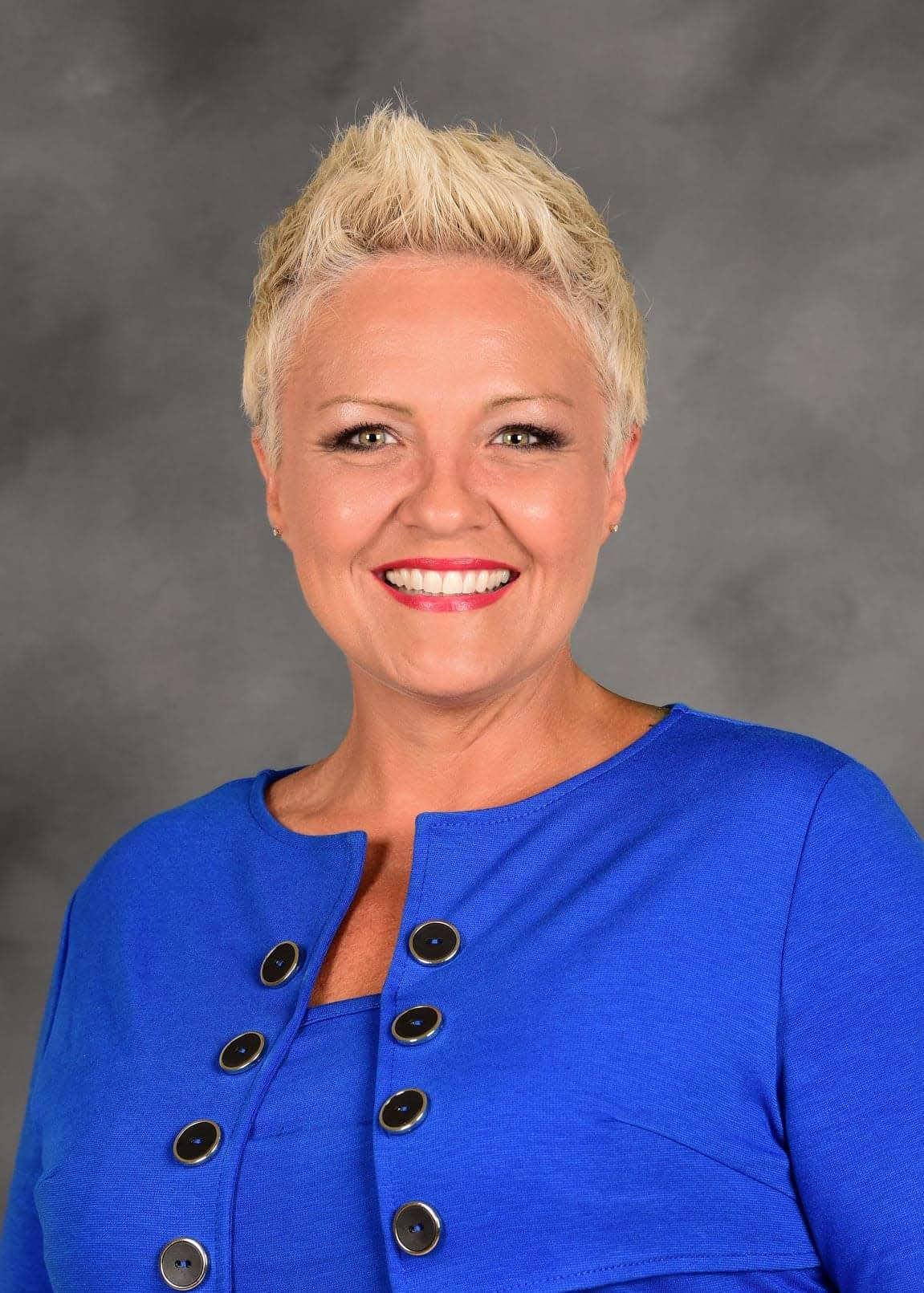Effort to bring equality to OSBA Board of Trustees failed despite local push

- Oops!Something went wrong.Please try again later.
An attempt to bring equal representation to all five regions of the Ohio School Boards Association's Board of Trustees failed on Monday during the 66th annual Capital Conference in Columbus.
The Delegate Assembly instead approved a motion to table an amendment request by OSBA Southeast Region President Amy Kissinger to change the organization's constitution regarding the number of trustees appointed to represent each region.
Currently, there are four trustees for the southeast region while the northwest and southwest regions each have six trustees, the central region has seven and the northeast region has nine trustees.
"After an extensive debate, a motion was made to lay the amendment request on the table," said Kissinger. "That motion passed, which means the amendment died and will not be considered again unless someone else brings it forward by resolution next year."
As a result, the number of trustees will remain the same in each region giving some an unfair advantage when it comes to voting on issues facing Ohio's school districts, according to officials.
The outcome was what Kissinger feared given the larger number delegate assembly members from the other four regions.
"I am not trying to attack anybody or quiet anyone's voice, but instead I'm trying to promote southeast Ohio and obtain equal representation for each region," said Kissinger, who is also vice president of the Cambridge City School Board.
“It is important that districts – the students and families represented by elected board members – have a say in what is happening to their children. The voice of families in the Southeast Region is not audible. That needs to change.”
The request by Kissinger was supported by resolutions passed by the Cambridge City, Fort Fry Local and Logan Hocking school district boards of education.
The resolutions called to attention the fact that districts like Cambridge and others in Appalachian Ohio do not have an equal voice on the board of trustees. Eighteen counties comprise the Ohio School Boards Association Southeast Region include Athens, Belmont, Coshocton, Gallia, Guernsey, Hocking, Jackson, Lawrence, Meigs, Monroe, Morgan, Muskingum, Noble, Perry, Pike, Scioto, Vinton and Washington.
A constitutional change required an affirmative vote by two-thirds of the Delegate Assembly consisting of a representative from each of the 711 school districts in Ohio.
The current makeup for the 32-member board of trustees includes the president-elect, president and past president for each of the five regions and the OSBA, six direct appointees by the six largest school districts, an at-large member for each region and a second at-large member for each of the three largest regions.
“The OSBA wields a good bit of influence on our state legislators and educational leaders in Columbus when it comes to education policy,” said Kissinger. “It is important that the school board members that represent our districts, our students and their families in our region have an equal voice within the association.”
The amendment sought by Kissinger and the supporting school districts would have eliminated the trustee appointed by each of the six largest school districts based on enrollment and the second at-large for each region leaving equal representation.
With Olentangy Local passing Akron schools in terms of enrollment, the six largest districts able to appoint the extra representative include Cincinnati, Cleveland, Columbus, Toledo, South-West City (Franklin County) and Olentangy.
How did we get here?
The OSBA started in 1955 when the state's five regional associations banded together to coordinate activities.
The OSBA initially allowed for named districts with an enrollment of more than 50,000 students to appoint a representative directly to the board of trustees.
In 1977, the OSBA changed its constitution to say the six largest districts, without them being specifically named, as urban school districts were getting smaller due to student loss to smaller rural districts.
More recently, the decision was made to give all regions one additional at-large trustee, but the addition of the second at-large trustee in the biggest regions only increased the inequality of the membership.
Regions with more representation are more likely to have the concerns of their constituents addressed by the OSBA and a predominant position on an issue in one region may not be the same position held by the constituency of another region.
Kissinger and Cambridge City Schools believe the result is some issues do not get the same attention by the OSBA Board of Trustees because of a lack of representation in the smaller regions.
The OSBA recently convened a panel to look at its structure ahead of the Capital Conference, but no recommendations for change were made by the group.
Although she participated in the renew, Kissinger said she was not assigned to the group that looked at the governmental structure. When she tried to discuss the matter with those involved, she was denied.
"This mission statement of the OSBA says it represents school board members and each region should have equal representation," said Kissinger. "I don't have any problems with any of the other regions or trustees, but it should be fair and equal representation for each region."
The Capital Conference concluded Tuesday after a four-day run.
This article originally appeared on The Daily Jeffersonian: Effort to bring equality to OSBA Board failed despite local push

